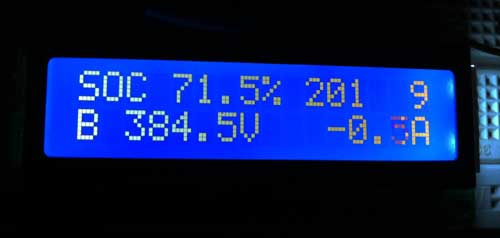garygid
Well-known member
Thanks.
I do need to set up a 0.1 second interrupt routine, and use it to sample/debounce/read the two (Red and Black) push-buttons.
Guidance, or even working code, would be helpful.
I do need to set up a 0.1 second interrupt routine, and use it to sample/debounce/read the two (Red and Black) push-buttons.
Guidance, or even working code, would be helpful.



